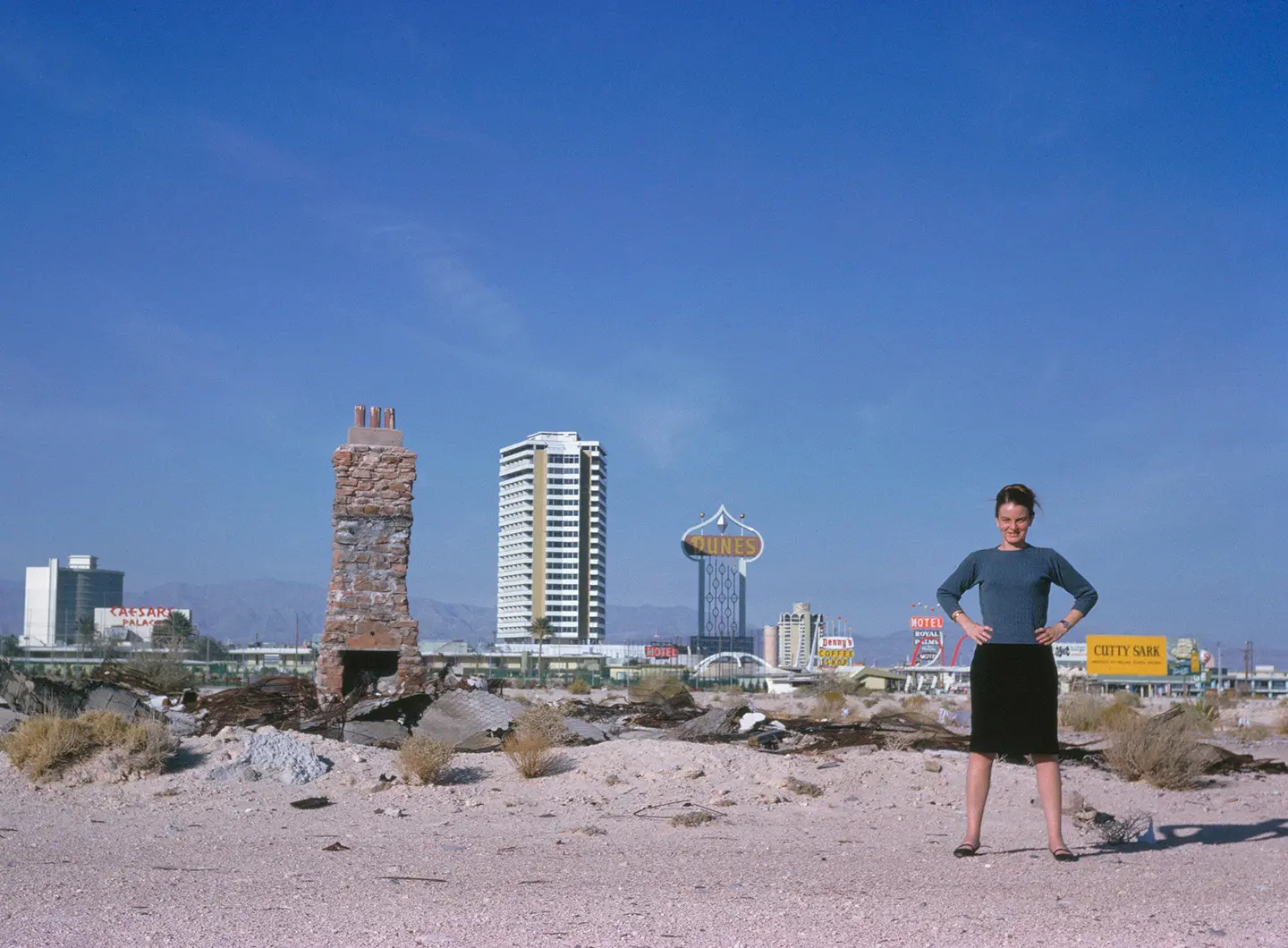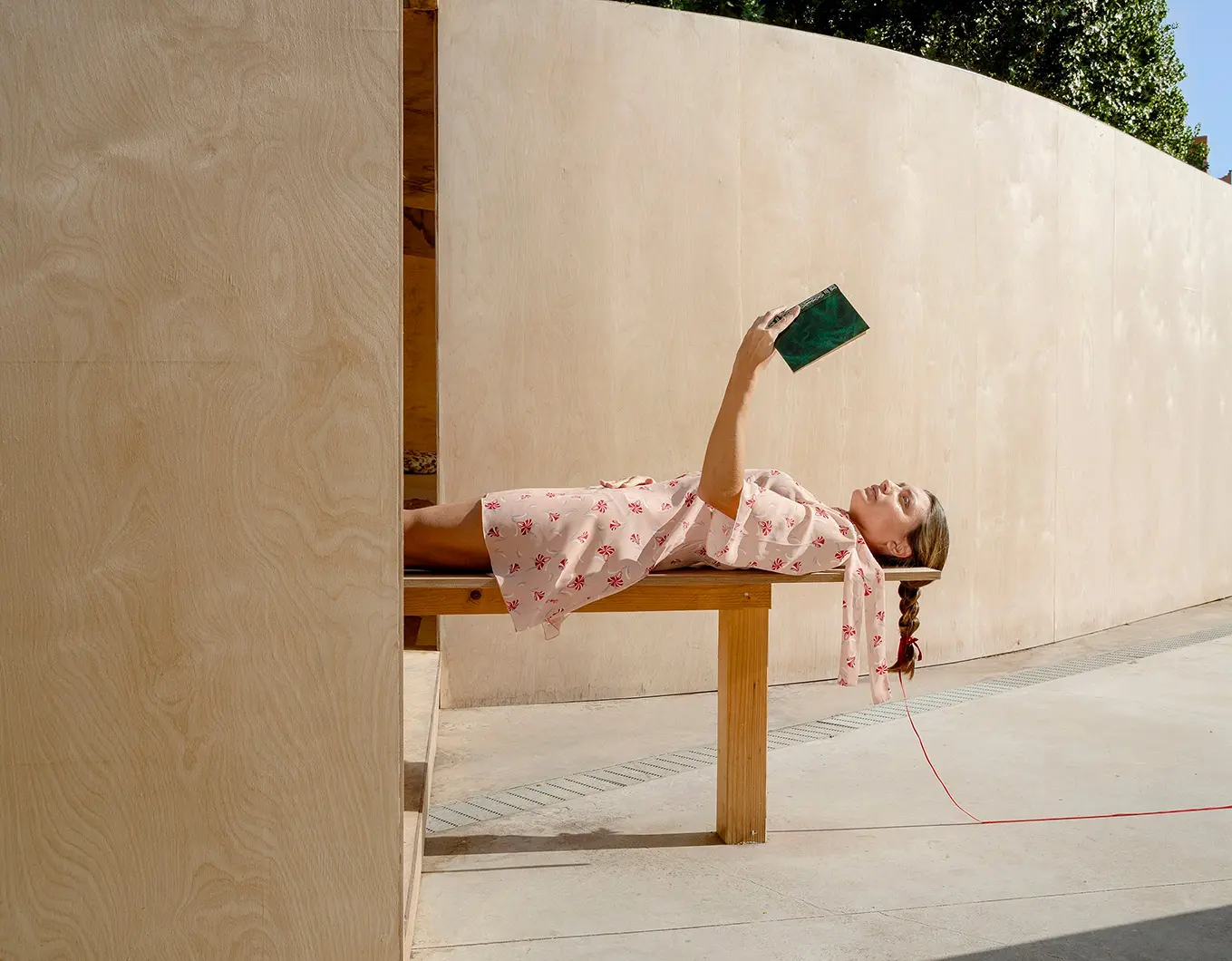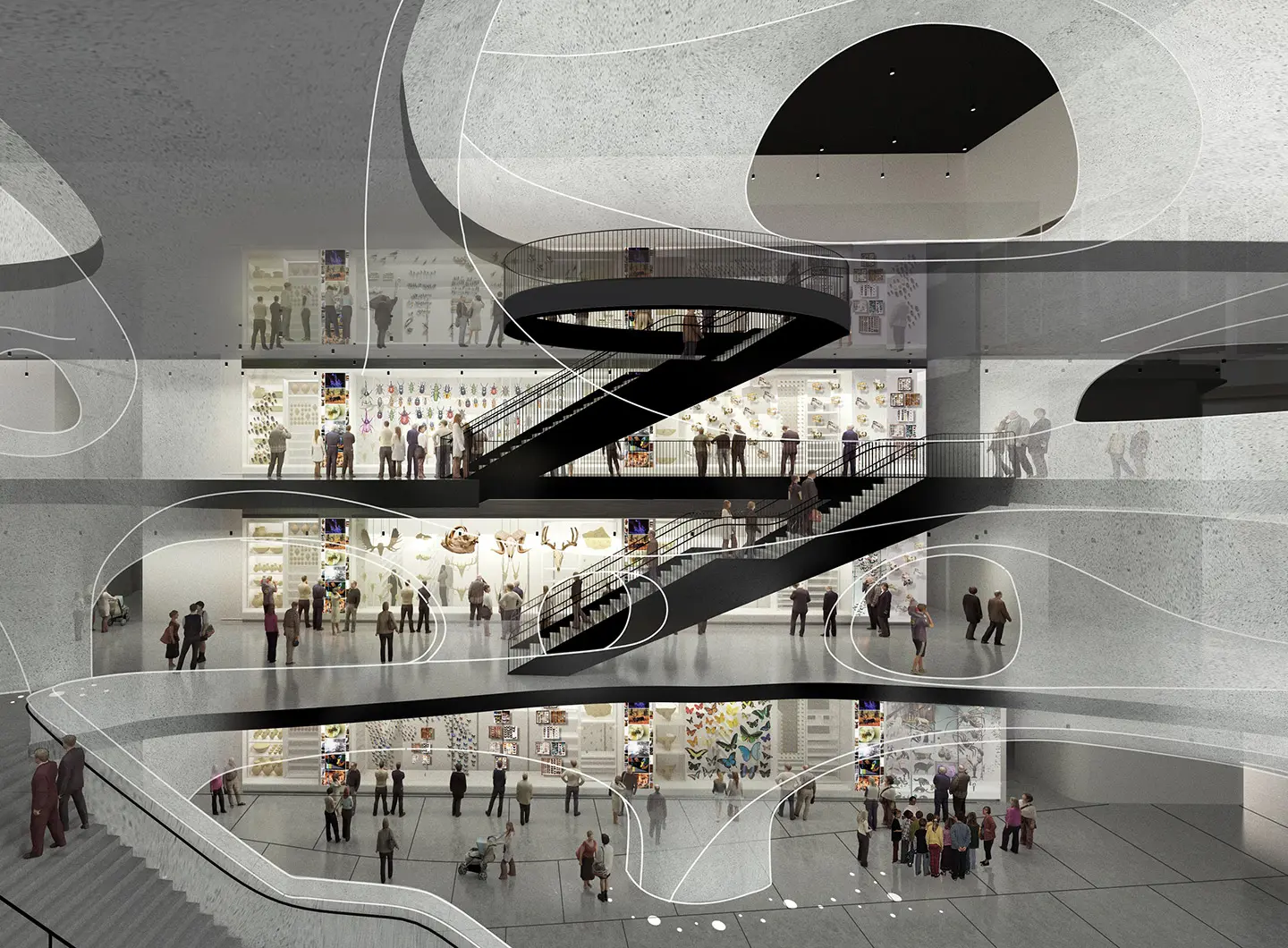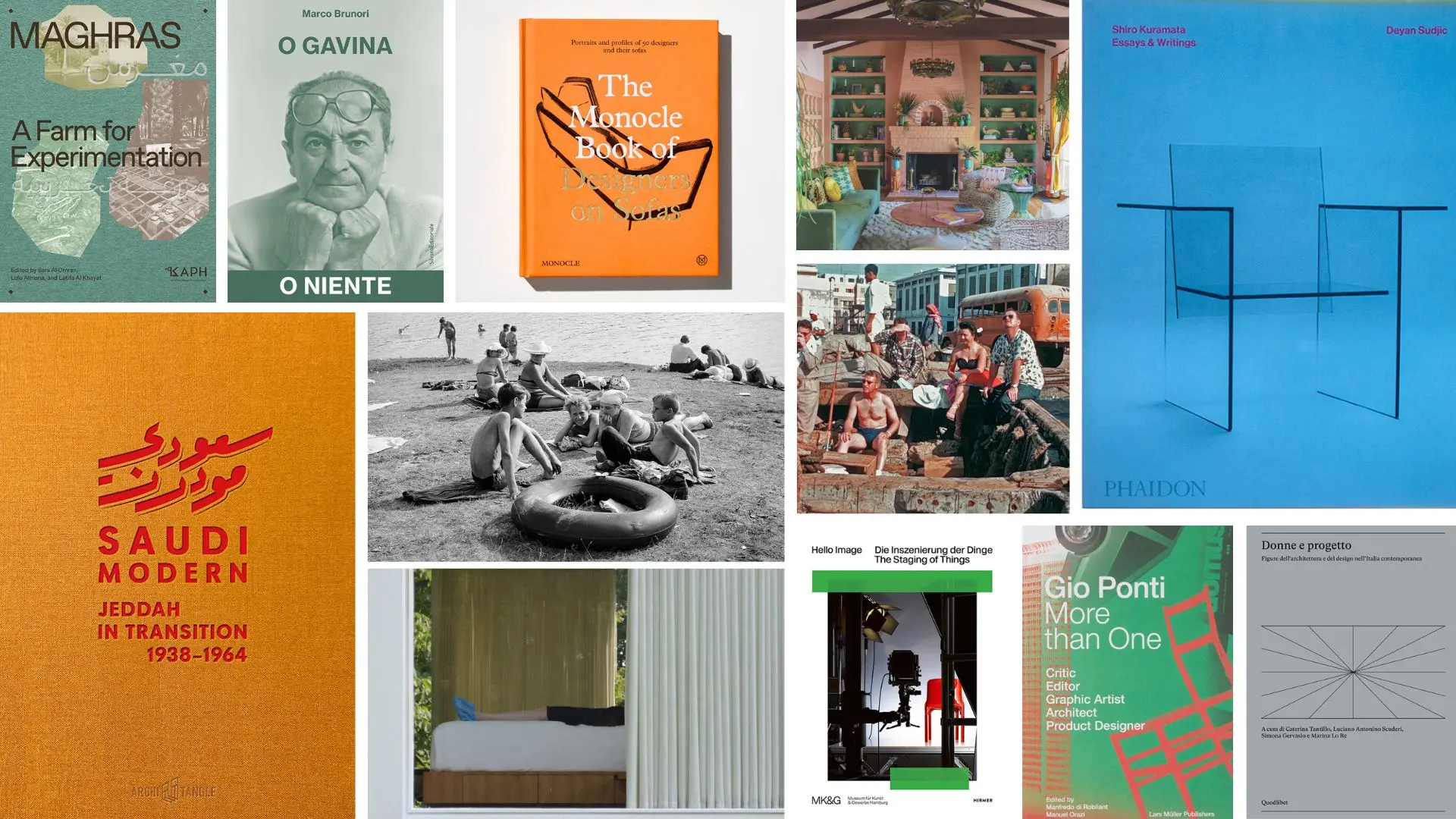From a reflection on humans to matter as meaning: the new Salone communication campaign explores the physical and symbolic origins of design, a visual narration made up of different perspectives, united by a common idea of transformation and genesis
At the MAXXI: Buone Nuove. Women in Architecture

Dorte Mandrup, Icefjord Centre, Groenlandia, 2021, Photo Adam Mørk
From the stereotypical integral architect to the affirmation of women designers. The new exhibition at MAXXI
The exhibition documents the evolution of women as professional architects, from the pioneers of the early 20th century to the archistars of today, right up to the multidisciplinary collectives and the great international studios helmed by women architects. The exhibition Buone Nuove. Women in Architecture, curated by Pippo Ciorra, Elena Motisi and Elena Tinacci and mounted by Matilde Cassani, at the Maxxi from 16th December 2021 to 11th September 2022, narrates the evolution of the figure of the architect over the last century, the stereotype of the great charismatic Master portrayed on a “signature” chair and smoking a cigar now finally demolished in favour of a new professional scenario in which the female presence is increasingly felt. The affirmation of formerly marginal figures now helming design teams has led to a redefinition of the objectives and instruments of architecture in relation to new concepts of creativity and innovation. With regard to this, Pippo curator of the exhibition, had this to say: “The figure of the integral architect was seen as a demigod during the 1920s, responsible for channelling all the triggers and energies that emanated from the environment in order to be able to translate them into a project. Now architects need to dialogue with the different conditions around them: from people to communities, scientists to technologists. Rather than projects being the work of just one architect, teams made up of collectives or women who have a more focused sensitivity around the contemporary world tend to function best. We are looking at a mutation of the figure of the architect, which I would define as in “transition” and which is evolving and adapting to the social context.”
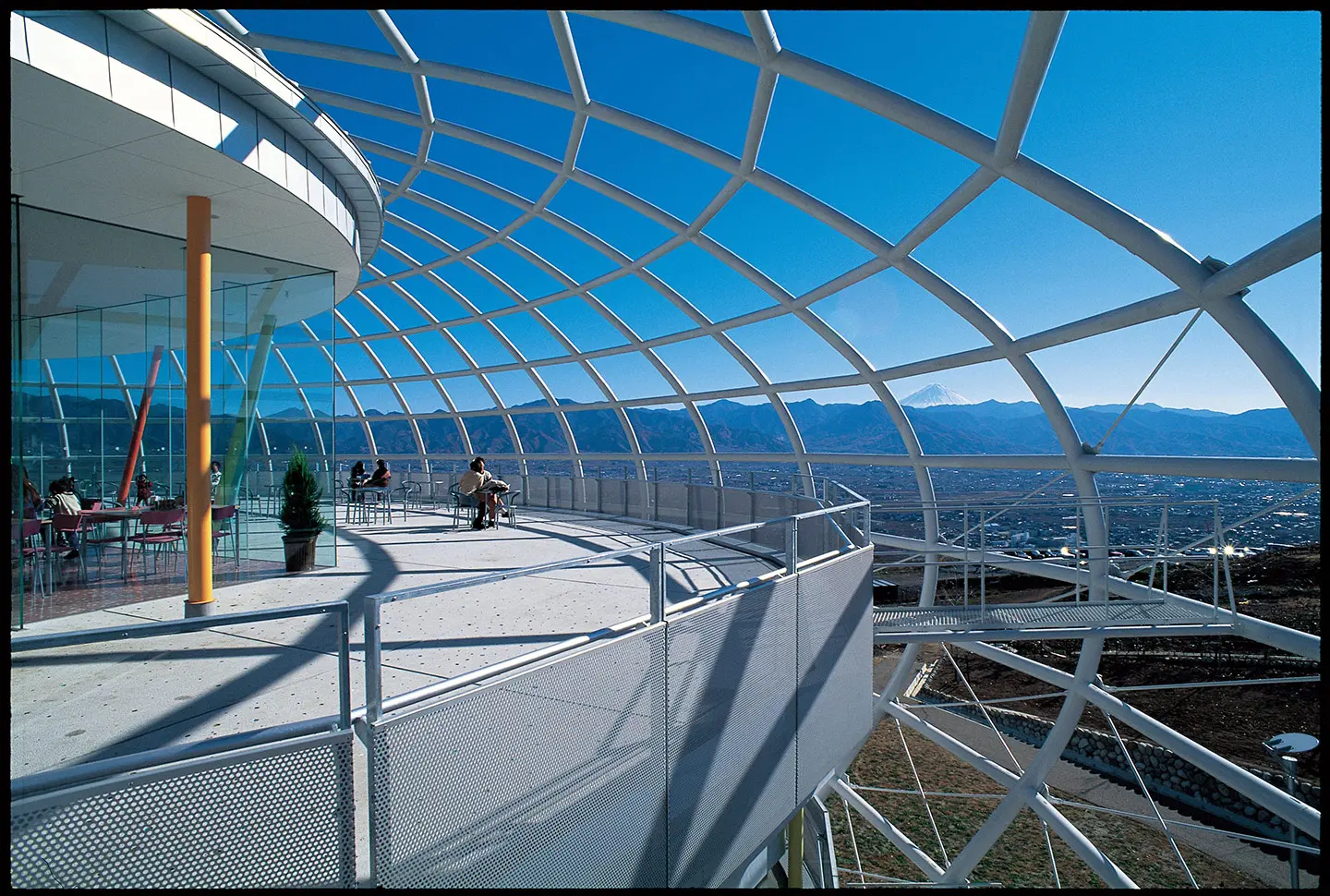
Art_Itsuko Hasegawa, Yamanashi Fruit Museum, Yamanashi, 1995 © Mitsumasa Fujitsuka, Courtesy Itsuko Hasegawa
The show is split into four themed areas entitled: Stories, Practices, Narratives and Visions, along with Frida Escobedo’s installation UNSEEN, which revisits a work by Anni Albers, making for a firmly female-focused exhibition. From Signe Hornborg, the first woman in the world to graduate in Architecture in Helsinki in 1890, to Zaha Hadid, the first female architect to win the prestigious Pritzker Prize, in 2004, Norma Merrick Sklarek, the first Afro-American woman to enter the profession in 1954, by way of icons of modernist design such as Charlotte Perriand and Eileen Gray, right up to the exponents of contemporary architecture such as Elizabeth Diller and Kazuyo Sejima and the emerging architects Francesca Torzo and Lucy Styles, whose work is already held in the MAXXI Architecture collection.
The Stories section of the show features 85 women architects, designers who over the course of the 20th century have marked the growth and the evolution of the profession. They include Phyllis Lambert and Lina Bo Bardi, among the most prominent and revolutionary of the 20th century, whose stories are told through documents, photographs, correspondence and models displayed on 8 tables/islands that divide the space into 11 “rooms.” The Practices section offers a glimpse of the international contemporary architectural scene through the work of 11 architects, each of whom is presented through videos, models, photographs and installations. Furthermore, the artistic component comes out in the work of Elizabeth Diller, showcasing her famous installation Bad Press, and that of Mariam Kamara, the Nigerian architect ranked by the New York Times among the 15 Creative Women of Our Time, and who has produced the installation Room for Introspection for the exhibition, a black room in which elements of her culture emerge. Elena Motisi and Elena Tinacci, curators of the exhibition, said: “Buone Nuove is an important exhibition for the MAXXI; it allows us to further our intention to narrate an evolving architectural world and promote the best energies. We want to underscore three themes – the first is the increasing practice of freeing the professional world of architecture from the prejudices and habits that have often held women and other “non-standard” entities such as collectives, couples, open formations back from being affirmed. The second concerns the impression that broadening the professional circuit in the sense of gender equality, is a positive contribution to the power of architecture to respond to the urgencies of the present. The final point sees Italy, a place where there are many women among the leading emerging designers, as an advanced example of this transformation.” Finally, the Narratives section of the exhibition is brought alive by the faces and voices of key figures in the architectural, academic and research worlds. There are 12 interviews conducted by the Mies.TV collective, while the Visions section reflects on the relationship between gender identity and space, illustrated by 5 videos produced as part of the Future Architecture Platform programme, a network of 27 European institutions that involves young creatives in activities and events throughout Europe.
16th December 2021 – 11th September 2022
MAXXI – 4a Via Guido Reni, 00196 Rome
Opening Times: 11am – 7pm Tuesday to Friday, 11am – 8pm Saturday and Sunday. Closed Monday
Curators: Pippo Ciorra, Elena Motisi, Elena Tinacci
Display project: Matilde Cassani
www.maxxi.art | #buonenuove


 Salone Selection
Salone Selection
